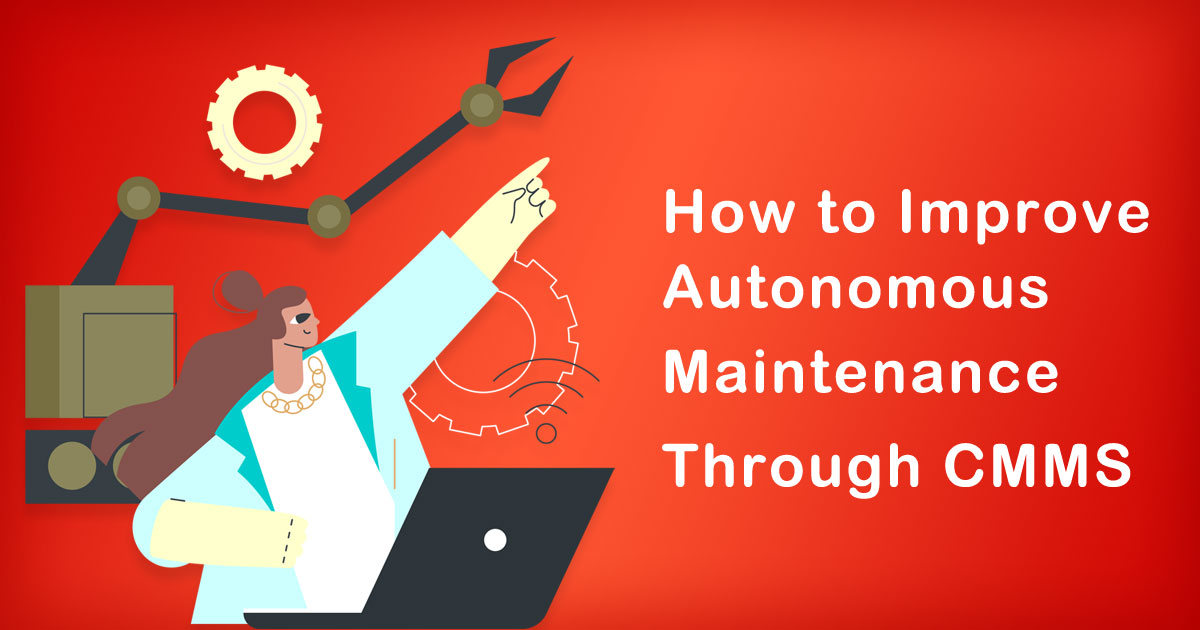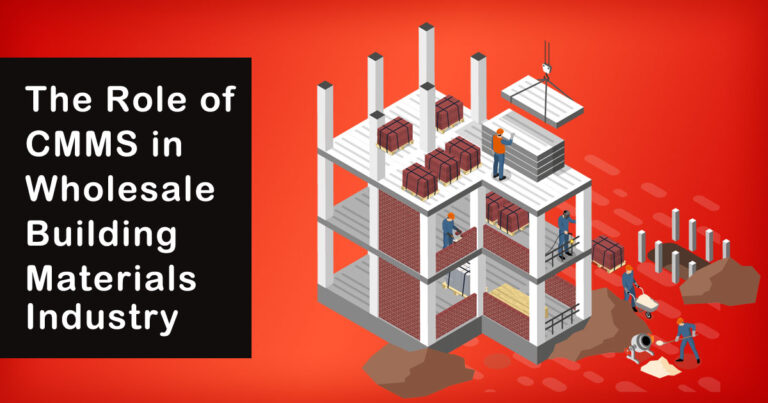Introduction
In today’s fast-paced industrial landscape, organizations are constantly seeking ways to improve their operational efficiency and reduce downtime. One approach that has gained significant traction is Autonomous Maintenance (AM). AM empowers frontline operators to take responsibility for the upkeep and maintenance of equipment, ultimately leading to enhanced productivity and equipment longevity. However, managing AM processes efficiently requires a robust system, and that’s where Computerized Maintenance Management Systems (CMMS) play a crucial role. In this article, we delve into how CMMS can revolutionize the implementation of AM practices in an Indian context, backed by research and facts.
Understanding Autonomous Maintenance:
Autonomous Maintenance is a cornerstone of the Total Productive Maintenance (TPM) philosophy, originally developed in Japan. It emphasizes empowering operators to perform routine maintenance tasks and inspections on equipment. By actively involving operators in the maintenance process, AM aims to prevent equipment breakdowns, improve overall equipment effectiveness (OEE), and foster a sense of ownership among frontline workers.
The Role of CMMS in Autonomous Maintenance:
CMMS acts as a comprehensive tool that supports the successful implementation of AM. It offers a range of features and benefits that streamline maintenance activities and maximize equipment uptime. Here are some key ways CMMS enhances Autonomous Maintenance:
a. Centralized Data Management:
CMMS provides a centralized platform to store, organize, and retrieve crucial maintenance data. It enables operators to access equipment manuals, maintenance schedules, and historical records, allowing them to make informed decisions during maintenance activities.
b. Work Order Management:
CMMS streamlines the work order process by automating the creation, assignment, and tracking of maintenance tasks. This ensures that operators receive clear instructions, reducing the chances of errors and improving overall efficiency.
c. Preventive Maintenance Planning:
CMMS allows organizations to create and manage preventive maintenance plans. By automating scheduling and sending timely reminders, CMMS ensures that routine inspections and maintenance tasks are performed on time, minimizing unplanned downtime and extending equipment lifespan.
d. Inventory Management:
Efficient inventory management is critical for smooth maintenance operations. CMMS facilitates inventory tracking, reordering, and usage monitoring, enabling operators to maintain optimal stock levels and reduce the risk of equipment downtime due to parts unavailability.
e. Performance Analysis and Reporting:
CMMS provides valuable insights through comprehensive reports and performance metrics. By analyzing maintenance data, operators and managers can identify recurring issues, assess equipment reliability, and make data-driven decisions to optimize maintenance strategies.
Benefits of CMMS in an Indian Context:
The implementation of CMMS in the Indian industrial sector has the potential to unlock significant benefits. Here are some key advantages:
a. Increased Equipment Uptime:
By efficiently managing maintenance tasks and minimizing equipment breakdowns, CMMS improves equipment availability and productivity, leading to enhanced overall equipment effectiveness (OEE).
b. Enhanced Cost Control:
CMMS helps organizations optimize maintenance activities, reducing both planned and unplanned downtime. This translates into cost savings by minimizing repair expenses, lowering energy consumption, and avoiding production losses.
c. Compliance and Safety:
In industries where regulatory compliance and worker safety are paramount, CMMS ensures that necessary inspections, certifications, and safety procedures are followed, fostering a secure and compliant working environment.
d. Empowered Workforce:
With CMMS, operators are equipped with the necessary tools and information to perform maintenance tasks efficiently. This empowerment boosts their confidence and nurtures a culture of continuous improvement and ownership.
Case Studies and Research:
Research studies conducted in India have highlighted the positive impact of CMMS on maintenance efficiency. For instance, a study conducted in a manufacturing plant revealed a 30% reduction in downtime and a 15% increase in OEE after implementing CMMS in conjunction with AM practices. Similar positive outcomes have been reported in sectors such as automotive, pharmaceuticals, and textiles.
Conclusion:
Incorporating CMMS into the implementation of Autonomous Maintenance offers tremendous potential for Indian industries. By leveraging the capabilities of CMMS, organizations can streamline maintenance processes, reduce downtime, and improve equipment reliability. The benefits of increased equipment uptime, cost control, compliance, and an empowered workforce make CMMS an invaluable tool for enhancing operational efficiency. As the Indian industrial sector embraces digitalization and automation, integrating CMMS into the maintenance ecosystem is a vital step toward achieving long-term success and sustainable growth.








